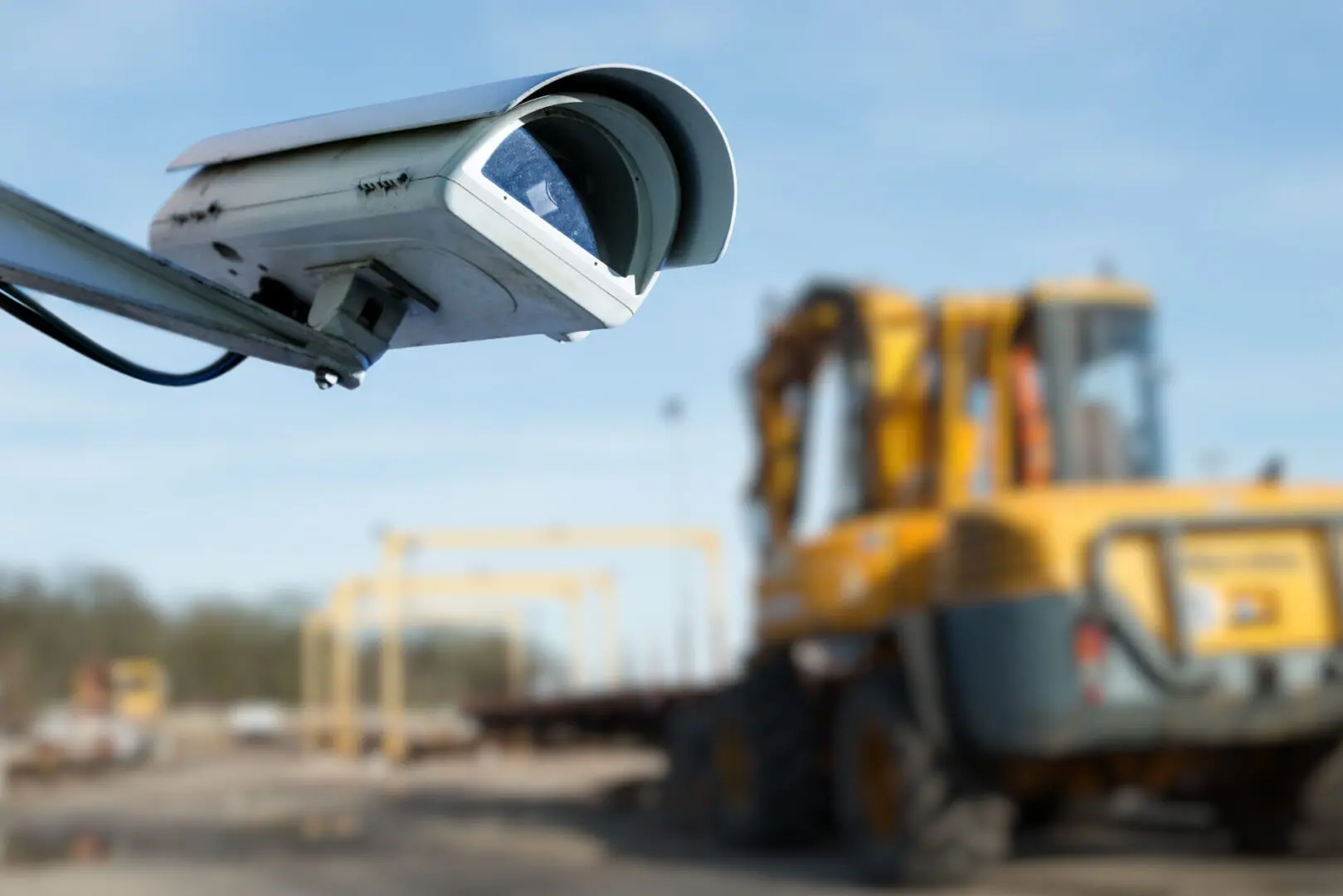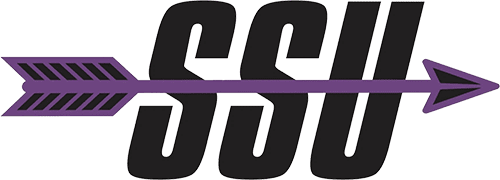
The Importance of Security in Depth for SCIF Construction
Why Security in Depth (SID) is a key consideration when building an ICD 705 facility
Multiple lines of defense are one of the strongest ways to protect an asset. This is especially true in SCIF and SAPF construction, where layered defense is not just a smart choice, it’s a requirement. This is known as Security in Depth (SID). The ICD 705 Technical Specifications, or Tech Spec, requirements exist to make sure that adversaries are unable to access the information that these facilities house.
You begin considering the SID of a space from the beginning as you fill out your Construction Security Plan (CSP). This will include the security for the construction site, such as CCTV coverage, fences, personnel identity verification or roving guards. Other forms, such as the TEMPEST addendum and Pre-Construction Checklist, will lay out how the final site will be secured. These forms can be found in Chapter 14 of the Tech Spec.
The Principle of Security in Depth
SID is not unique to ICD 705 construction. Anywhere that needs some level of security may add multiple layers. A store in a mall could have security monitoring it, cameras in the store and alarms that go off should someone try to steal merchandise. If one layer of security fails, there’s another there to serve as a barricade.
However, there is a balance in securing a site that must be considered. We could build every facility to maximum standards in order to ensure adversaries could never access information, but that just isn’t realistic. Budget and personnel restraints mean that we need to make sure we are not over securing a site but instead building it to meet the unique risks and vulnerabilities the site and mission face.
Outer Layers of SID
In a SCIF, security typically begins at the perimeter of the facility. This will vary depending on the facility’s location. A SCIF in the middle of an urban area will need more security at its perimeter than one on a military base. There may be some kind of fence or barricade to prevent people from getting close to the facility. CCTV can monitor the perimeter. SCIF perimeter walls offer physical, audio and emanation protection. The ICD 705 requires that there only be a single point of entry, so you have the ability to monitor everyone entering. These entries require Access Control Systems (ACS) which must have two ways to verify identity, such as a PIN, thumb print or a badge. All of this works together to ensure that anyone accessing the facility is meant to be there.
Inner Layers of SID
Within the facility, an Intrusion Detection System (IDS) is required to alert to any unauthorized entry. A sound masking machine may be implemented to add to the acoustic protection of the facility. Any classified information must be locked in GSA-approved safes when not actively in use. Whenever the facility is unoccupied, it will be locked using an approved spin dial lock.
SID needs to address physical security concerns but also acoustic, visual and emanation security concerns. This is what makes SCIF construction a more complicated process that requires specialized knowledge. Because of this, it’s best to employ an expert for any ICD 705 project.
If you’re in need of a SCIF, entrust your project to SSU. Our cutting-edge modular facilities can be constructed quickly and efficiently. Our facilities are fully customizable to meet your unique project requirements. Contact us today and we’ll help create the perfect solution for your mission needs.
Tags:
